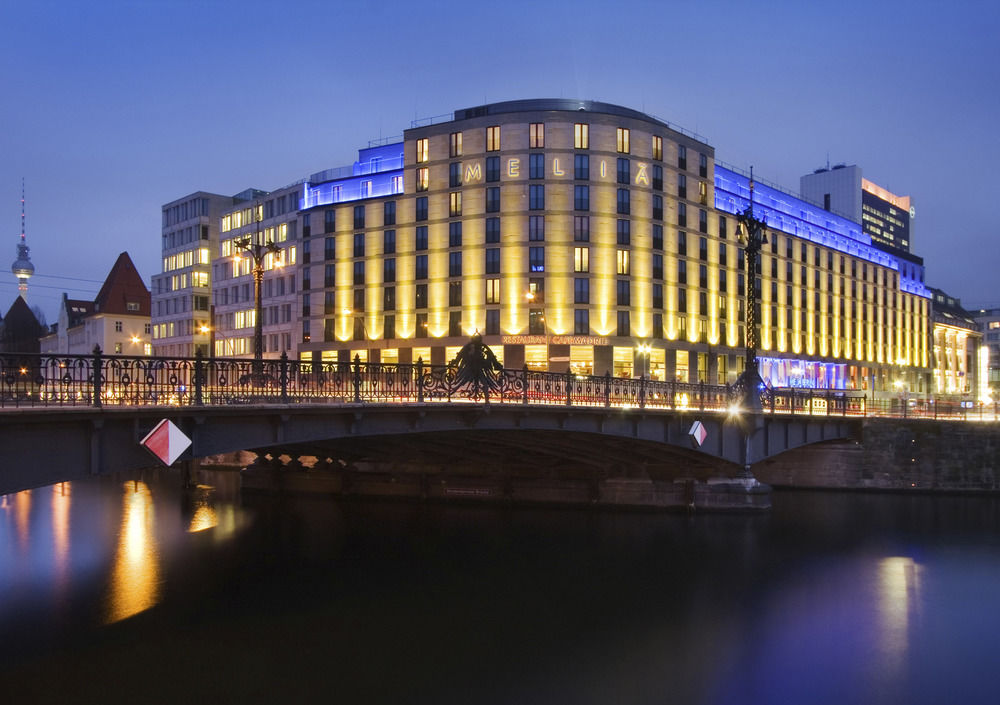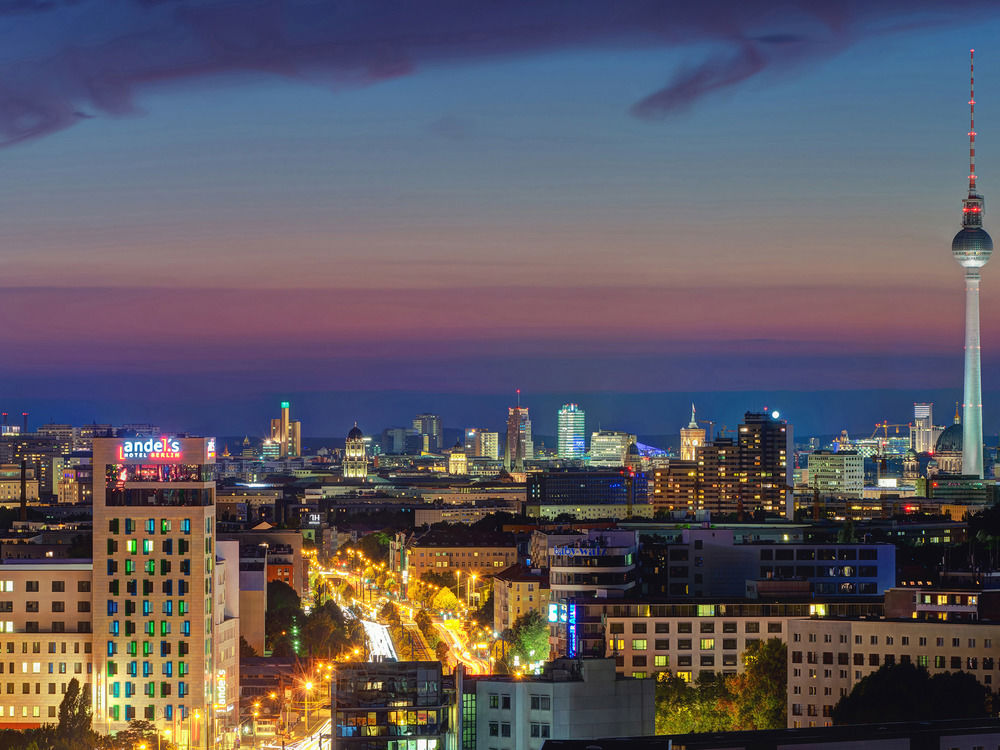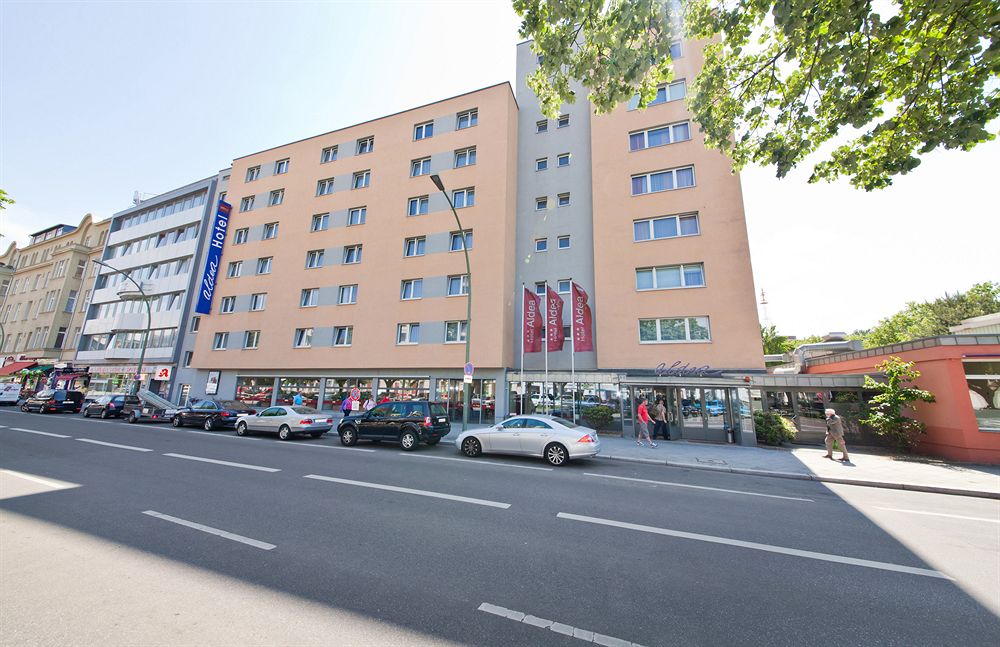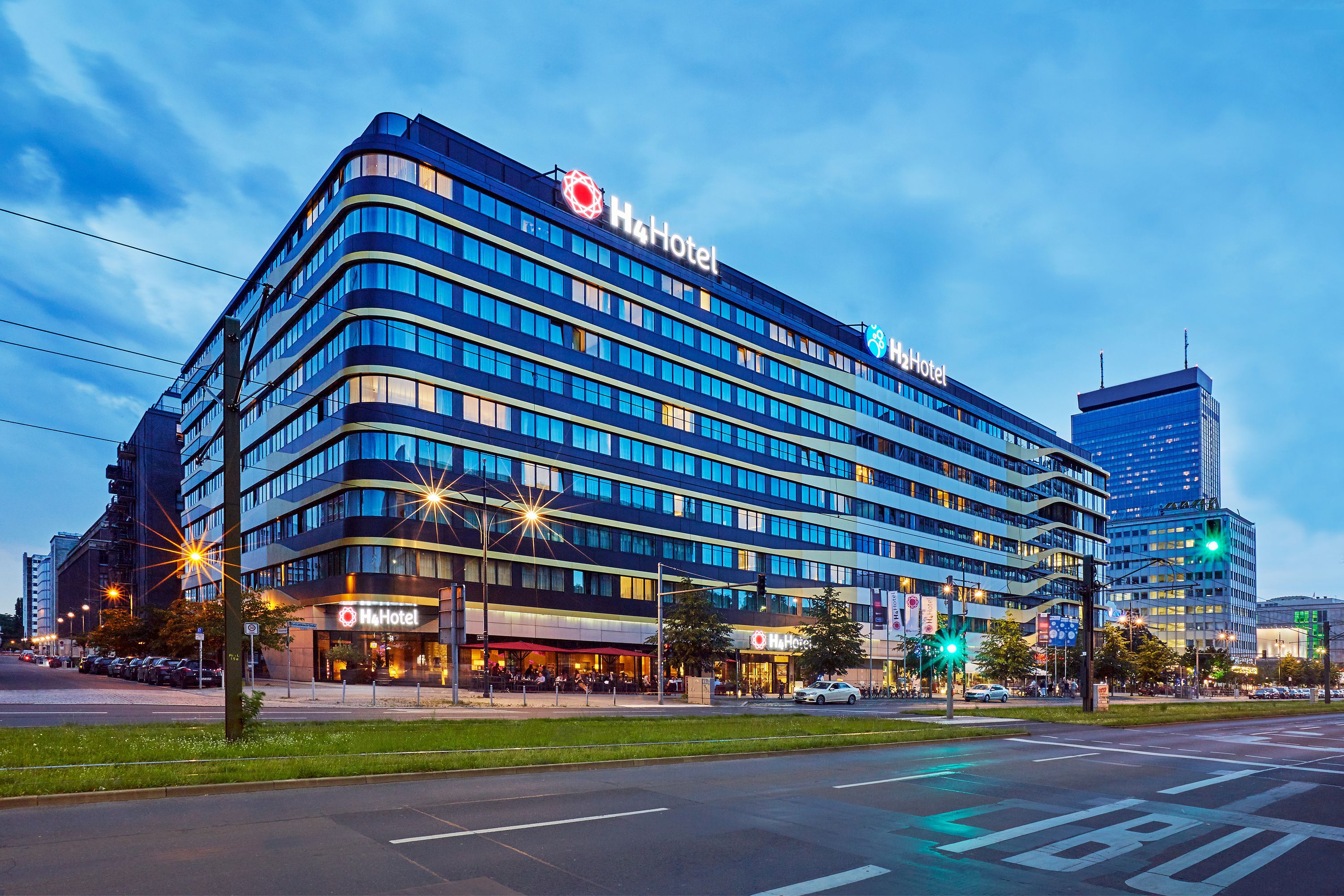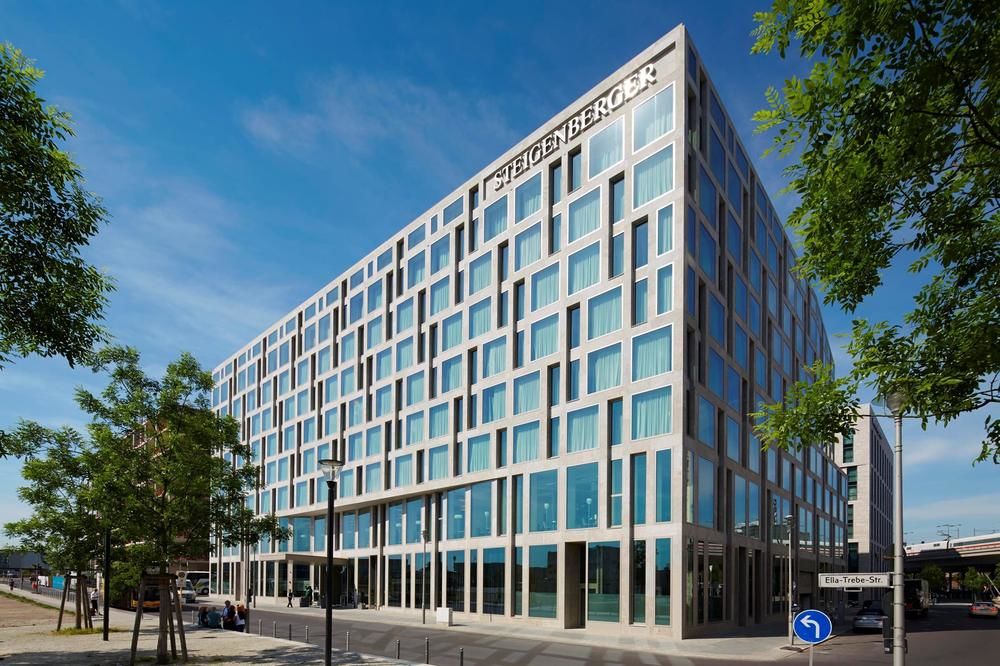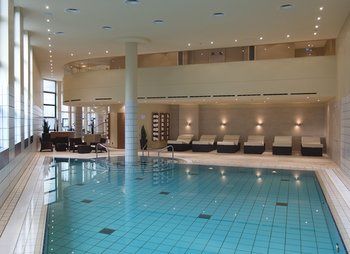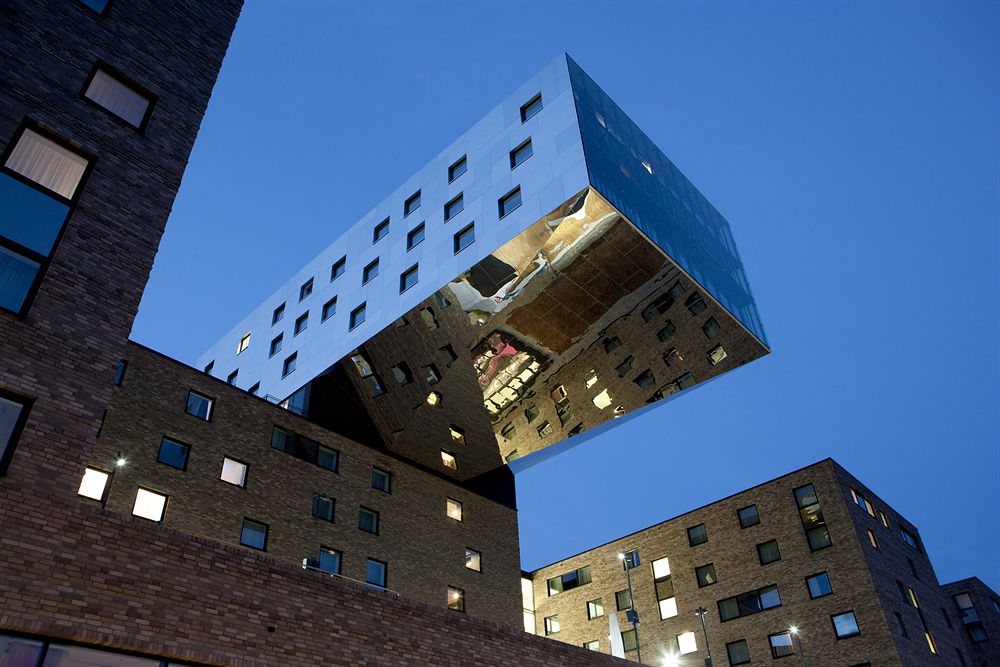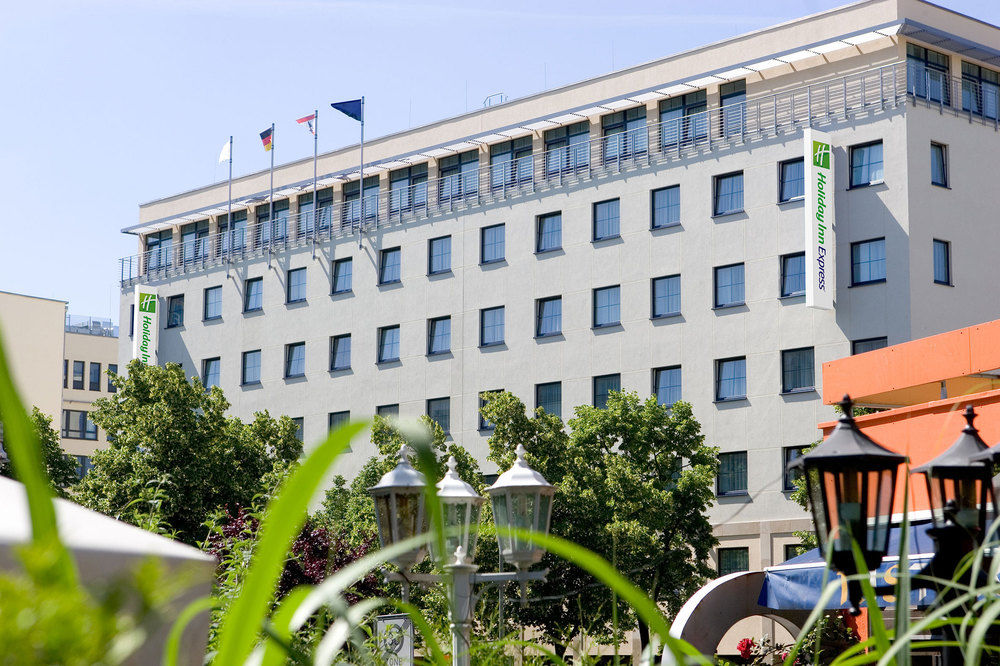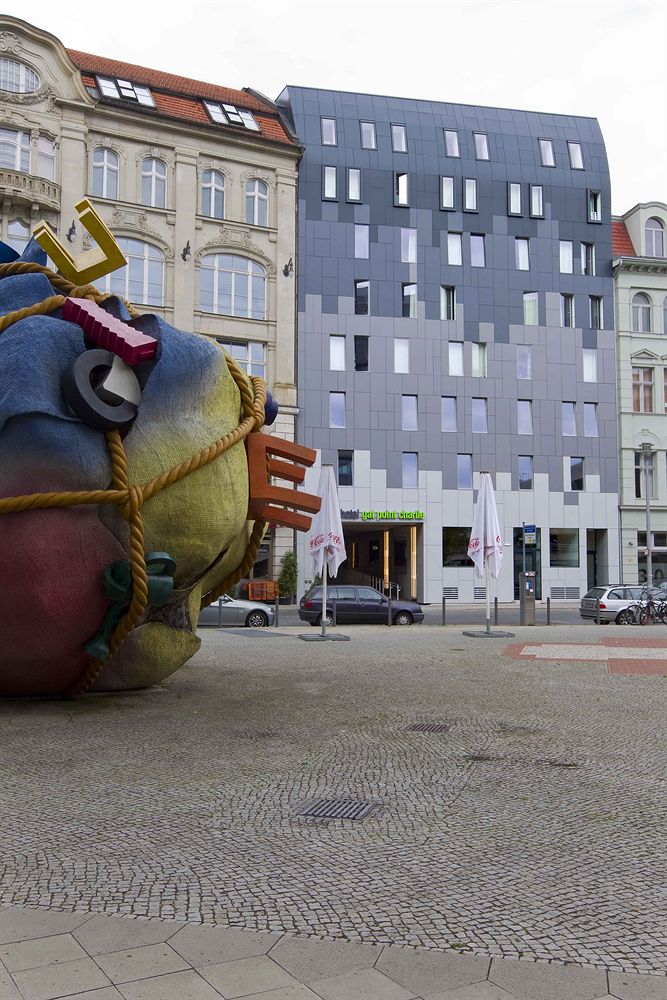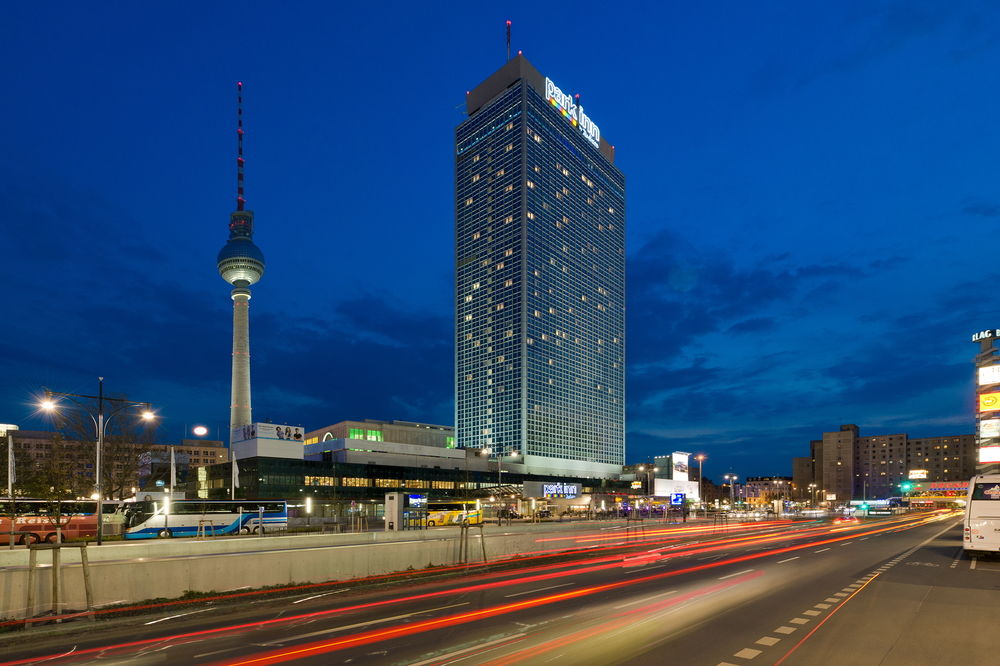
Find hotels in Berlin
Lowest prices detected by AI for hotels
Best
Cheapest
Star Ratings
AI Recommended
Best Hotels In Berlin
Cheapest Hotel Deals in Berlin
Top Rated Hotels
5 Star Hotels in Berlin
4 Star Hotels in Berlin
3 Star Hotels in Berlin
AI-recommended Destinations
Where to stay in Berlin
More About Berlin
“A grey city”
Berlin (; German pronunciation: [bɛɐ̯ˈliːn]) is the capital and largest city of Germany by both area and population, and its 3,711,930 (2017) inhabitants make it the second most populous city proper of the European Union after London. The city is one of Germany's 16 federal states, and it is surrounded by the state of Brandenburg, the capital of which, Potsdam, is contiguous with Berlin. The two cities are at the center of the Berlin/Brandenburg Metropolitan Region, which is, with 6,004,857 (2015) inhabitants, Germany's third-largest metropolitan region after the Rhine-Ruhr and Rhine-Main regions.
Berlin straddles the banks of the River Spree, which flows into the River Havel (a tributary of the River Elbe) in the western borough of Spandau. Among the city's main topographical features are the many lakes in the western and southeastern boroughs, formed by the Spree, Havel, and Dahme rivers, the largest of which is Lake Müggelsee. Due to its location in the European Plain, Berlin is influenced by a temperate seasonal climate. About one-third of the city's area is composed of forests, parks, gardens, rivers, canals and lakes. The city lies in the Central German dialect area, the Berlin dialect being a variant of the Lusatian-New Marchian dialects.
First documented in the 13th century and situated at the crossing of two important historic trade routes, Berlin became the capital of the Margraviate of Brandenburg (1417–1701), the Kingdom of Prussia (1701–1918), the German Empire (1871–1918), the Weimar Republic (1919–1933), and the Third Reich (1933–1945). Berlin in the 1920s was the third largest municipality in the world. After World War II and its subsequent occupation by the victorious countries, the city was divided; West Berlin became a de facto West German exclave, surrounded by the Berlin Wall (1961–1989) and East German territory. East Berlin was declared capital of East Germany, while Bonn became the West German capital. Following German reunification in 1990,
 Time UTC+02
Time UTC+02 Currency EUR
Currency EUR Languages German
Languages GermanWhat’s Special about Staypia?
Compare hotel prices in real-time
AI finds you the lowest price for hotels in Berlin.
Lowest price for 3.16M hotels worldwide
Book with up to 31% extra discounts only for Staypia members.
Travel bucket list for Berlin
Plan your trip with over 17K 'must see' recommendations for Berlin
Frequently Asked Questions
The best hotels in Berlin are Park Inn by Radisson Berlin Alexanderplatz, H2 Hotel Berlin Alexanderplatz, Scandic Berlin Potsdamer Platz.
The best 5 star hotels in Berlin are Hilton Berlin, Pullman Berlin Schweizerhof, Steigenberger Hotel am Kanzleramt. Search for the most highly rated hotels in Berlin
The most highly rated hotels in Berlin are H2 Hotel Berlin Alexanderplatz, Scandic Berlin Potsdamer Platz, Radisson Blu Hotel Berlin.
Generally, room reservations are subject to a free refund until the cancellation deadline. Fees may apply after the cancellation deadline, so please check the cancellation deadline on your hotel voucher or in Menu > My Reservation.
If you’re a frequent traveler, Staypia is the best place to get the best hotel deals. You can book hotels with the lowest price of 3.16 million hotels collected by AI, and receive additional discounts for members only.



